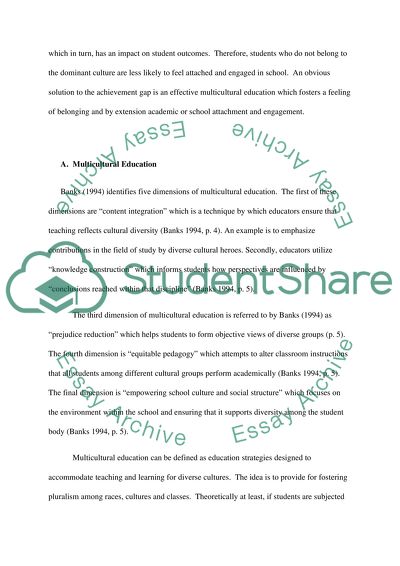Cite this document
(“Multicultural Education Improvement Research Paper”, n.d.)
Retrieved from https://studentshare.org/education/1412477-researched-argument-education-issue
Retrieved from https://studentshare.org/education/1412477-researched-argument-education-issue
(Multicultural Education Improvement Research Paper)
https://studentshare.org/education/1412477-researched-argument-education-issue.
https://studentshare.org/education/1412477-researched-argument-education-issue.
“Multicultural Education Improvement Research Paper”, n.d. https://studentshare.org/education/1412477-researched-argument-education-issue.


